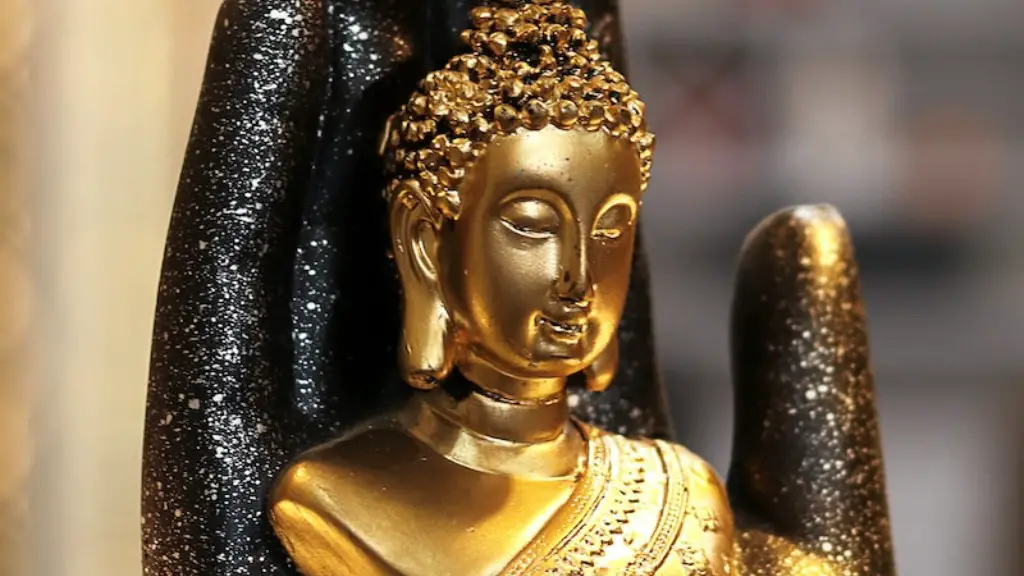What is Christianity in the US?
Christianity is the largest religion in the United States and it has divided into different denominations. Each denomination has its own beliefs, practices, and culture. Christianity can be divided into three main branches: Catholicism, Protestantism, and Eastern Orthodoxy. Within these branches, there are dozens of denominations.
In the United States, Catholicism is the largest denomination with about 22% of Americans identifying as Catholic. Protestantism accounts for about 53% of the population, and Eastern Orthodoxy makes up a much smaller percentage, about 2%. The remaining 23% of the population is made up of people who claim no religious affiliation.
Understanding the Different Denominations
It’s important to note that there is a wide variety of beliefs within each branch of Christianity. For example, the two largest Protestant denominations are the Southern Baptist Convention and the United Methodist Church.
The Southern Baptist Convention is a conservative denomination that emphasizes the literal interpretation of the Bible, while the United Methodist Church is a more progressive denomination that is focused on social justice and community service.
In addition, there are dozens of other denominations, such as the Evangelical Lutheran Church in America, the Presbyterian Church USA, and the United Church of Christ.
Denominational Diversity as an Asset
One of the advantages of having so many different denominations is that it allows for diversity of thought and interpretation. Each denomination has its own culture and beliefs, but they are all united by a common faith in Jesus Christ.
For example, some churches have a more conservative doctrine, while others have a more progressive approach. This diversity can be a strength, allowing people to find a church that fits their beliefs and values.
Religious Pluralism in the US
In addition to Christianity, there are other religious faiths practiced in the United States. According to Pew Research, 23% of the population is religiously unaffiliated, while 7% is of non-Christian faiths, such as Judaism, Islam, Buddhism, and Hinduism.
This religious pluralism is part of what makes the United States a diverse and vibrant nation. It allows for people of different faiths to come together and learn from one another.
Denominational Challenges
While denominational diversity can be a strength, it can also create challenges. For example, denominations may have different interpretations of scripture and different beliefs about how to live out the Christian life.
These differences can lead to disagreements and even conflict. In addition, denominational loyalty can sometimes prevent Christians from working together on issues that affect all of them, such as poverty and racism.
Denominational Statistics
To get an understanding of the different denominations in the US, it’s useful to look at some statistics. According to the National Council of Churches, the top three Protestant denominations in the US are the Baptist, Methodist, and Presbyterian.
Each of these denominations has between 10 and 15 million members, and together they make up about 40% of the US population. The remaining 13% of the population is made up of smaller denominations, such as the Church of Christ and the Pentecostal Church.
The Benefits of Denominational Differences
With so many different denominations in the US, it can be difficult to navigate the variety of beliefs and cultures. Yet, there are also many benefits to this diversity.
For instance, denominational differences can help encourage dialogue between people of different faiths. They help show that there are multiple paths to living out a Christian faith, and that all of these paths are valued.
In addition, denominational diversity can be a source of strength in times of crisis. During moments of national tragedy or hardship, different denominations can come together and support one another, working together to create a more unified and compassionate country.
The Impact of Denominations on Worship
Different denominations can also have a huge impact on worship. Depending on the denomination, worship styles can range from the traditional to the contemporary.
For example, some denominations prefer to worship in a more traditional way, while others have a more contemporary feel. No matter what the denomination is, though, the goal is to bring people closer to God and to glorify Him through worship.
Denominations and Church Structures
The church structure of denominations can also vary significantly. There are denominations that adhere to a hierarchical system, with the bishop having full authority.
At the other extreme, there are denominations that are more “flat”, without any authoritative hierarchy. This means that each church is autonomous, and every member of the church has an equal say in how the church is run.
Denominations and Spiritual Formation
Finally, it is important to consider how denominations can shape our spiritual formation. Denominations provide us with guidance on how to interpret scripture and develop our spiritual lives.
For instance, some denominations prioritize prayer and meditation, while others place greater emphasis on evangelism and social justice. Each denomination has its own spiritual practices, and knowing these can help us find a church that fits with our own spiritual journey.

